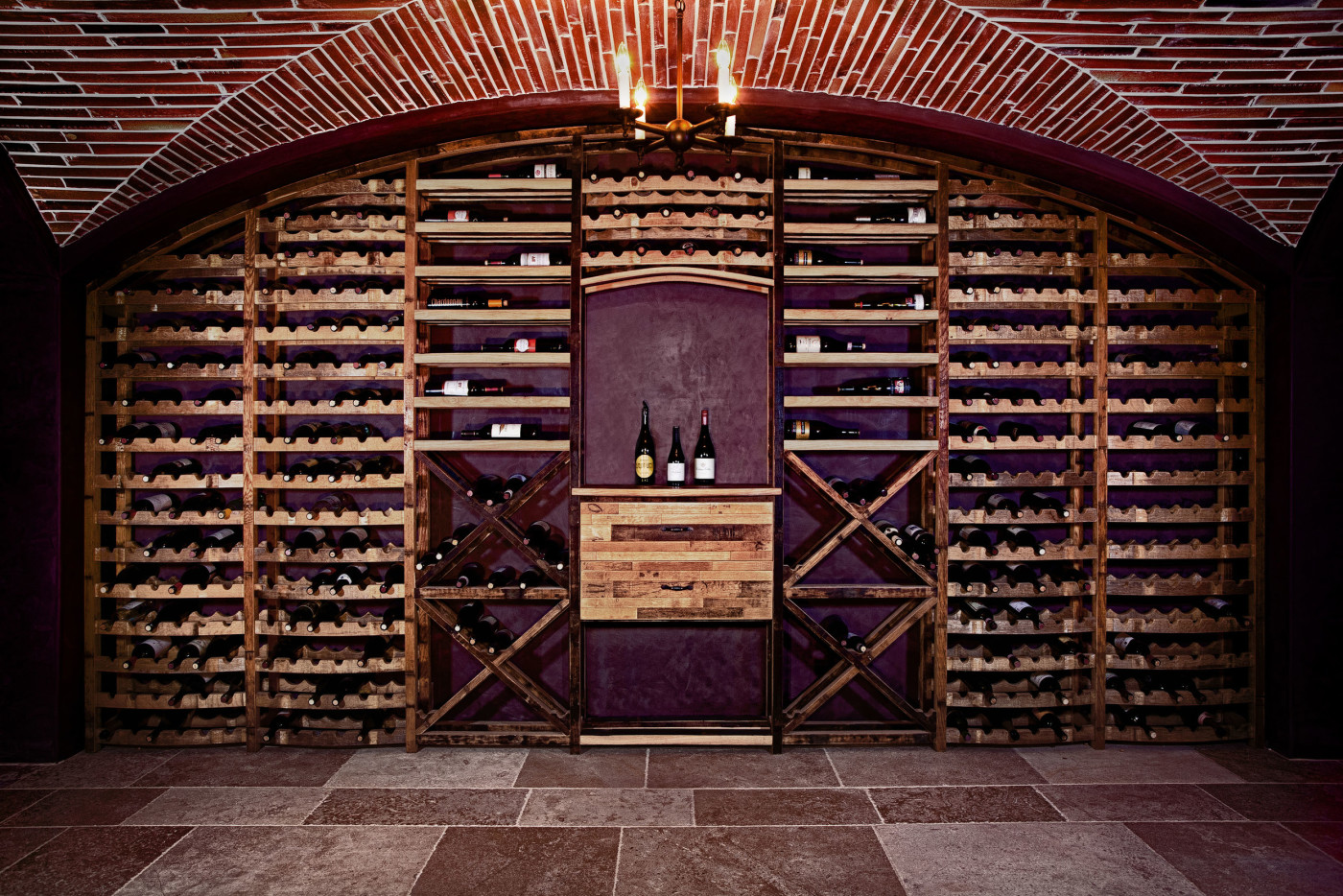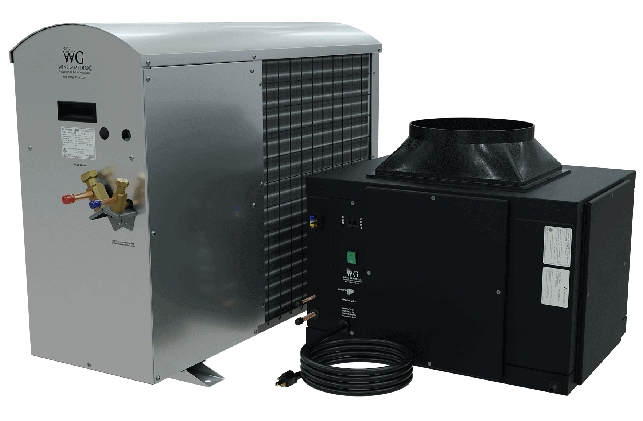Wine cellars, in their truest form, are underground. The first wine cellars were caves, and those subterranean conditions are the ones we attempt to emulate when we build a wine cellar or wine room for our homes. Most people are aware that their wine cellar needs to be kept cool, but many overlook the importance of humidity. The ideal humidity level for a wine cellar is 50%-70% relative humidity. Combined with the ideal 55°F temperature, this high humidity level creates the cool, damp environment that is perfect for aging wine. But why is humidity so important?

This Newport Beach, California traditional walk In wine cellar, using Vintique reclaimed wine barrel wine racking, has almost a medieval dungeon feel, accentuated by the arched brick ceilings, stone floor, and dark choice of color throughout.
Wine ages inside a glass bottle sealed with, in most cases, a natural cork. The security of the cork is extremely important, because the cork controls the amount of oxygen that reaches your wine. Too little, and a wine won't be able to reach its full potential. Too much, and the wine will spoil, or become "corked". Cork is a great material for sealing liquids, because it expands to prevent leaks. However, corks can dry out too much if the humidity in your cellar is low. An over-dry cork will shrink, letting too much air into the bottle and causing cork taint. Too much humidity, on the other hand, can lead to mold on your corks, labels or even your walls and ceiling--definitely not a good thing! Proper levels of humidity will ensure that your wine, its packaging and your cellar age gracefully.
Cooling systems tend to remove humidity from the air, which can lead to an overly dry environment in your cellar. Your local climate is also an important factor. Some regions are humid enough to counteract the drying effect of the cooling unit, but drier regions will almost certainly need a humidifier. There are a number of options available for humidification control, from integrated systems that are built into your cooling unit to decorative dual-purpose fountains.

Wine Guardian split cooling systems accommodates any residential or commercial wine cellar and provides superb air distribution, temperature and humidity control to protect your valuable wine collections.
Many cooling units claim to manage humidity as well as temperature, however this is often limited to reducing rather than increasing the humidity levels. If you live in a dry area, you might need to add a humidifier separately. It is possible to add a humidifier as an upgrade to some cooling systems. Separate humidifiers are often manufactured by the same companies that make cellar cooling units; Wine Guardian's through-the-wall humidifier is a heavy-duty option. For less strenuous humidification needs, humidifier fountains are the perfect choice. A humidifier fountain adds humidity via the simple method of exposing a large surface area of water to the air for evaporation, but they are also decorative. Fountains are available to suit any cellar style.
Humidity management is crucial to the life of your cellar and your wine, so always work with qualified professionals when building and outfitting a wine cellar. They can help you seal, insulate, cool and humidify your cellar so that it can operate at maximum efficiency and maintain the perfect cave-like environment for your wine.



